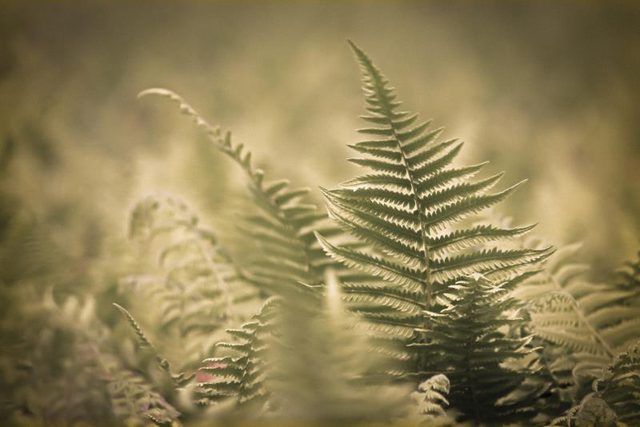Bulbs
Flower Basics
Flower Beds & Specialty Gardens
Flower Garden
Garden Furniture
Garden Gnomes
Garden Seeds
Garden Sheds
Garden Statues
Garden Tools & Supplies
Gardening Basics
Green & Organic
Groundcovers & Vines
Growing Annuals
Growing Basil
Growing Beans
Growing Berries
Growing Blueberries
Growing Cactus
Growing Corn
Growing Cotton
Growing Edibles
Growing Flowers
Growing Garlic
Growing Grapes
Growing Grass
Growing Herbs
Growing Jasmine
Growing Mint
Growing Mushrooms
Orchids
Growing Peanuts
Growing Perennials
Growing Plants
Growing Rosemary
Growing Roses
Growing Strawberries
Growing Sunflowers
Growing Thyme
Growing Tomatoes
Growing Tulips
Growing Vegetables
Herb Basics
Herb Garden
Indoor Growing
Landscaping Basics
Landscaping Patios
Landscaping Plants
Landscaping Shrubs
Landscaping Trees
Landscaping Walks & Pathways
Lawn Basics
Lawn Maintenance
Lawn Mowers
Lawn Ornaments
Lawn Planting
Lawn Tools
Outdoor Growing
Overall Landscape Planning
Pests, Weeds & Problems
Plant Basics
Rock Garden
Rose Garden
Shrubs
Soil
Specialty Gardens
Trees
Vegetable Garden
Yard Maintenance
Care of Autumn Ferns
Care of Autumn Ferns. Autumn fern (Dryopteris erythrosora) earns its common name from the color -- not the timing -- of its emerging fronds. As new fiddleheads unfurl in spring, the leaves display shades of copper and bronze with hints of salmon, rose and purple before maturing to glossy green in summer. Sporadic flushes of new growth through the...

Autumn fern (Dryopteris erythrosora) earns its common name from the color -- not the timing -- of its emerging fronds. As new fiddleheads unfurl in spring, the leaves display shades of copper and bronze with hints of salmon, rose and purple before maturing to glossy green in summer. Sporadic flushes of new growth through the growing season keep autumnal colors going. In cool climates, the leaves take on a slight russet-brown, but nothing that compares to spring. Low-maintenance and easy-care, autumn fern is a shade gardener's friend.
Site and Soil
Autumn fern is a woodland plant native to full and partial shade, protected from intense afternoon sun. Maturing at 18 inches tall and 24 inches wide, it will flourish beneath trees with high, open shade and well-drained, loamy, humus-rich soil.
All soil types, from sand to clay, suit adaptable autumn fern, but it will prefer a pH slightly below 7.0. Think of moisture-retentive woodland soil, rich with leaf mold and other organic matter, as a guide for your garden. If your garden lacks organic matter, work a 4-inch layer of compost or fine pine bark into the soil's upper 4 to 6 inches before planting autumn fern.
Water and Nutrients
Autumn fern prefers consistently moist soil, but doesn't tolerate waterlogged conditions. Once established, the slow-growing plant withstands periods of relative dryness better than many ferns, but it turns pale and wilts when water-stressed. Supplement natural rainfall, as needed, to keep the soil moist. The more sun the plant gets, the more water it needs.
Planted in rich, loamy soil, autumn fern doesn't require fertilizer. Like other woodland ferns, it's sensitive and easily burned by chemical fertilizers. Natural decomposition from leaves and a 1- to 2-inch layer of compost spread once a year are all it needs.
Pruning, Pests and Disease
In frost-free climates, autumn fern is evergreen. In cool-climate gardens, it dies back slowly with semi-evergreen growth at the crown. Leave the fronds intact over winter, then remove the dead or winter-worn foliage in spring. This is easily done by hand, which protects emerging fiddleheads and surface roots from accidental pruning injuries. When clipping, use shears that have been wiped with a cloth soaked in rubbing alcohol. This helps prevent the spread of disease.
Autumn fern has no significant problems with insect pests or disease. The fern is sensitive to pesticides, so good sanitation and proper care are key. Slugs and snails often gather in shade gardens. A inverted rind of melon (Cucumis melo) makes an effective, overnight slug trap. Dispose of the melon rind and its sluggish inhabitants in the morning.
Hardiness and Heaving
Autumn fern grows in U.S. Department of Agriculture plant hardiness zones 5 through 8. It's intolerant of hot, arid conditions in warmer Southwestern climates, but it tolerates heat and humidity in the Southeast. Named a Florida Garden Select plant by the Florida Nursery, Growers and Landscape Association, autumn fern thrives in Florida's USDA zones 8 through 11.
In all climates, a mature autumn fern tends to lift slightly out of the soil from year to year. When this happens, gently pull back the soil and reposition the crown back at soil level. The annual layer of 1 to 2 inches of compost also helps prevent autumn fern from heaving.